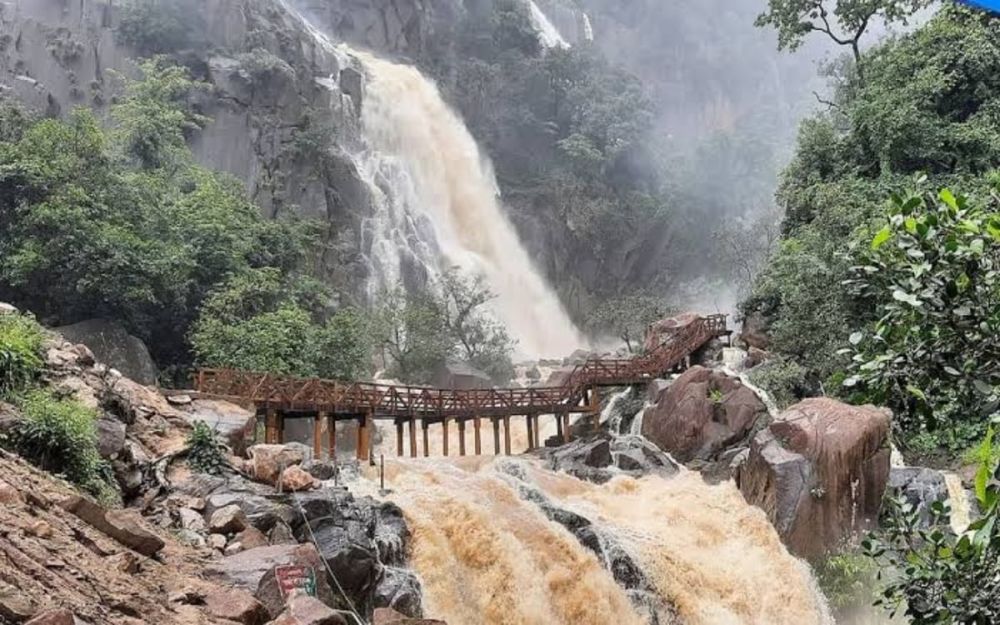

Located in the Latehar district of Jharkhand, India, Lodh Falls is one of the hidden gems in the heart of India's dense forested regions. Often referred to as the Budha Ghagh Falls, it is the highest waterfall in the state and the 21st highest in India.
The history of tourism at Lodh Falls is relatively young. While the local communities have known about the waterfall for generations, it only entered the broader public consciousness with the growth of eco-tourism in India. It was after the state of Jharkhand was carved out from Bihar in the year 2000 that the region's tourism potential began to be explored and advertised.
In recent decades, concerted efforts have been made by the Jharkhand Tourism Department to promote destinations like Lodh Falls. These have included infrastructure developments, such as the construction of access roads, as well as marketing campaigns to showcase the natural beauty and cultural heritage of the region to national and international tourists.
The inclusion of nearby Betla National Park, one of the first national parks in India to become a tiger reserve under Project Tiger, has also played a crucial role in boosting tourism. Together, Lodh Falls and Betla provide a compelling destination for tourists interested in nature, wildlife, and adventure.
The latest trends in tourism at Lodh Falls and Betla emphasize sustainable and eco-friendly practices aimed at conserving the natural environment while providing visitors with an authentic experience. This includes:
The ongoing COVID-19 pandemic has also influenced tourism trends, with an increased focus on safety, hygiene, and private experiences. There is a growing preference for less crowded and off-the-beaten-path destinations such as Lodh Falls, which naturally lend themselves to social distancing.
To visit Lodh Falls, travelers are encouraged to plan their trip during the post-monsoon season, from October to March, when the waterfall is most spectacular and the weather is conducive for outdoor activities. While visiting, it's important to maintain the sanctity of the place by adhering to environmental guidelines and respecting local customs and wildlife.